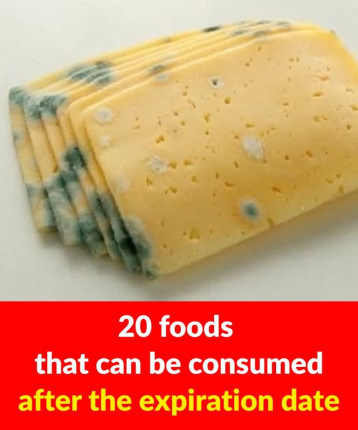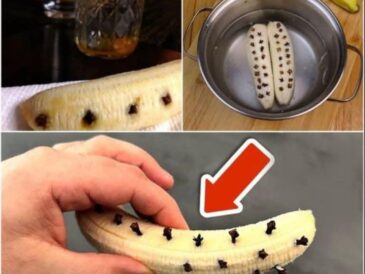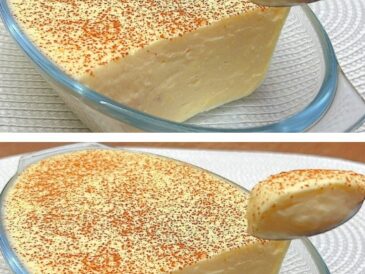Many people are quick to throw away food the moment they see an expiration date has passed. However, food safety experts and studies have shown that “expiration” or “best before” dates often refer to quality, not safety. In fact, billions of dollars’ worth of perfectly good food are wasted every year because of confusion over date labeling.
According to a 2019 report by the Natural Resources Defense Council (NRDC), about 90% of Americans occasionally throw away food that is still safe to eat. The truth is, many foods remain safe long after their printed dates — if stored properly.
Here are 20 foods you can safely consume after the expiration date, supported by facts and research.
🥚 1. Eggs
Shelf life after expiration: Up to 3–5 weeks (if refrigerated)
Eggs can last much longer than their “sell-by” date. A study from the US Department of Agriculture (USDA) found that properly refrigerated eggs remain safe for consumption for several weeks after their expiration date.
Tip: Do the float test: place the egg in water — if it sinks, it’s still fresh; if it floats, discard it.
🥛 2. Milk
Shelf life after expiration: 5–7 days (if refrigerated)
Milk can last a few extra days when stored at or below 4°C (40°F). Research published in the Journal of Dairy Science confirms that pasteurized milk is safe up to a week beyond its “use by” date, depending on storage.
Tip: Smell and taste test — sour aroma means it’s time to toss it.
🧈 3. Butter
Shelf life after expiration: Up to 1–2 months (refrigerated)
Because butter is mostly fat and contains very little water, it resists bacterial growth. Store it in an airtight container in the fridge or freeze for longer shelf life.
🧀 4. Hard Cheese (Parmesan, Cheddar, Gouda)
Shelf life after expiration: Several months
According to the FDA, hard cheeses are safe even after the printed date — just cut off any mold spots and use the rest. The dense, low-moisture texture prevents bacteria from spreading.
🍞 5. Bread
Shelf life after expiration: 3–5 days (room temperature), 3 months (frozen)
Bread usually goes stale before it becomes dangerous. Mold is the main concern, so if it’s mold-free, you can toast or reheat it safely.
🍝 6. Dried Pasta
Shelf life after expiration: 1–2 years
According to the Food Marketing Institute, dried pasta remains safe long after its date since it contains no moisture. Keep it in a dry, sealed container.
🍚 7. Rice (White, Basmati, Jasmine)
Shelf life after expiration: Indefinitely
White rice can last for years if stored in a cool, dry place. A USDA study found that dry rice has minimal nutrient or quality loss even after decades of storage.
🫘 8. Canned Foods
Shelf life after expiration: 1–5 years (or more)
Canned vegetables, beans, and soups often last long beyond their dates. The US Food and Drug Administration (FDA) notes that cans in good condition (no rust, dents, or swelling) are safe for extended periods.
🍯 9. Honey
Shelf life after expiration: Indefinite
Honey is one of the few foods that never spoils. Archaeologists found edible honey in ancient Egyptian tombs! Its low moisture and acidic pH prevent bacterial growth.
🧂 10. Salt
Shelf life after expiration: Indefinite
Salt is a mineral, not an organic product — it doesn’t spoil or support bacteria. Even iodized salt remains safe for decades, though iodine levels may slowly decrease.
🌾 11. Oats
TO CONTINUE READING THE ARTICLE PLEASE SEE PAGE 2




